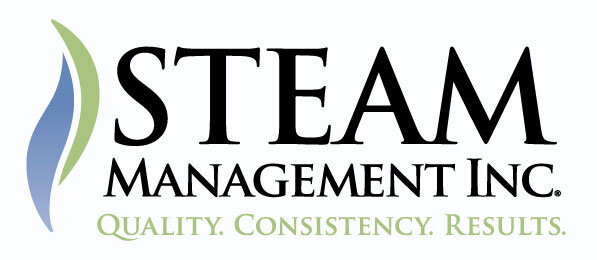Project Management is a Juggling Act in the New COVID-19 World
America has seen a remarkable and rapid change in every facet of our day to day lives. Inside of three weeks, many of us have gone from experiencing business as usual to “Shelter in Place”. These are extraordinary times resulting in extraordinary challenges.
Just two weeks ago, our operations department was scheduling projects out two to three weeks in advance. It allowed us to book travel at lower costs and maximize the efficiency of our team and assets. The lead time enabled us to be flexible while keeping overhead costs lower than the industry average.
Today, that planning runway has shortened dramatically. We are now scheduling work within a one to two-day lead time. This change has single-handedly altered how we operate and manage our team. We are spending significantly more time triaging and scheduling work when states or authorities announce new measures after plans were already in motion.
The challenges have required us to work vigorously at balancing our team's safety, available assets, and customer's needs with each state's guidelines.
While challenging, SMI’s business model gives us an advantage. From the beginning, we structured the company to work virtually and remotely, which has proven to be a strength as we tackle the unknowns.
Now, we are managing our new normal in the following ways:
Frequent Communication
With customers to understand their position on working during the outbreak
With Project Managers to gauge their comfort levels and adjust workflow accordingly
Utilizing time spent off-site to complete training courses and prepare for upcoming work
Leveraging all of our collective expertise to interpret changing and vague rules
Pre-staging material as much as possible
Shifting travel plans to driving instead of flying
Setting safety policies that educate and protect our team and customers
The transition has posed significant challenges, and stress tests our company daily on its elasticity, asset management, and planning. However, we are successfully adapting to the change in our business model. We feel confident in the measures we are taking to balance our employee safety and customer needs because we are structured to adjust on the fly and be nimble in an ever-changing environment.
